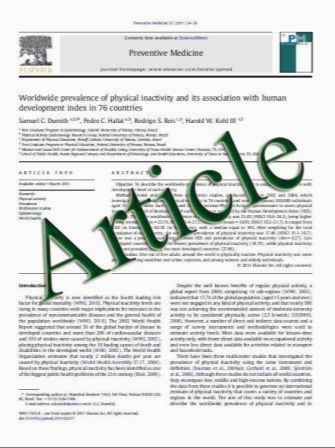Neoadjuvant chemotherapy in ER+ HER22 breast cancer: response prediction based on immunohistochemical and molecular characteristics
- نوع فایل : کتاب
- زبان : انگلیسی
- مؤلف : E. H. Lips L. Mulder J. J. de Ronde I. A. M. Mandjes A. Vincent M. T. F. D. Vrancken Peeters P. M. Nederlof J. Wesseling S. Rodenhuis
- چاپ و سال / کشور: 2011
Description
A pathological complete remission (pCR) is rarely achieved by neoadjuvant chemotherapy in estrogen receptor-positive (ER?) HER2-negative (HER2-) tumors. Therefore, its use might be questionable in specific groups of this tumor type. To select which patients benefit and which could be spared neoadjuvant chemotherapy, we tested standard pathology and molecular markers in ER? HER2- breast tumors. Pretreatment biopsies were available from 211 ER? HER2- tumors, who had been treated with neoadjuvant chemotherapy (adriamycin/cyclophosphamide). mRNA expression data were available for 132 tumors. We determined progesterone receptor expression (PR), endocrine sensitivity, HER2 expression, histology, proliferation, and molecular subtypes. We correlated these data to chemotherapy response using pCR rates and the previously published neoadjuvant response index (NRI). PR-negative tumors (n = 65, 30.8%) and luminal B type tumors (n = 43, 20.4%) responded significantly better to chemotherapy than other tumors. These associations remained significant in multivariate analysis. However, even in the subgroup of patients with the lowest response rate, comprising tumors that had both a positive-PR expression and the luminal A subtype (n = 58, 44%), the majority of the patients had downstaging because of chemotherapy. For histology (lobular vs. ductal), endocrine sensitivity, and proliferation, no associations with chemotherapy response were observed. Gene expression array analysis resulted in 28 significant genes (FDR\0.1). PR expression and luminal B status are associated with a better response to neoadjuvant chemotherapy. However, both markers had only weak response predictive power, and it was not possible to identify a subgroup with no or only minimal chemotherapy benefit. Therefore, the decision to refrain from neoadjuvant chemotherapy to ER? HER2- breast tumors should not be based on predictive markers, but exclusively on estimates of prognosis.
Breast Cancer Res Treat DOI 10.1007/s10549-011-1488-0 Received: 3 December 2010 / Accepted: 25 March 2011


